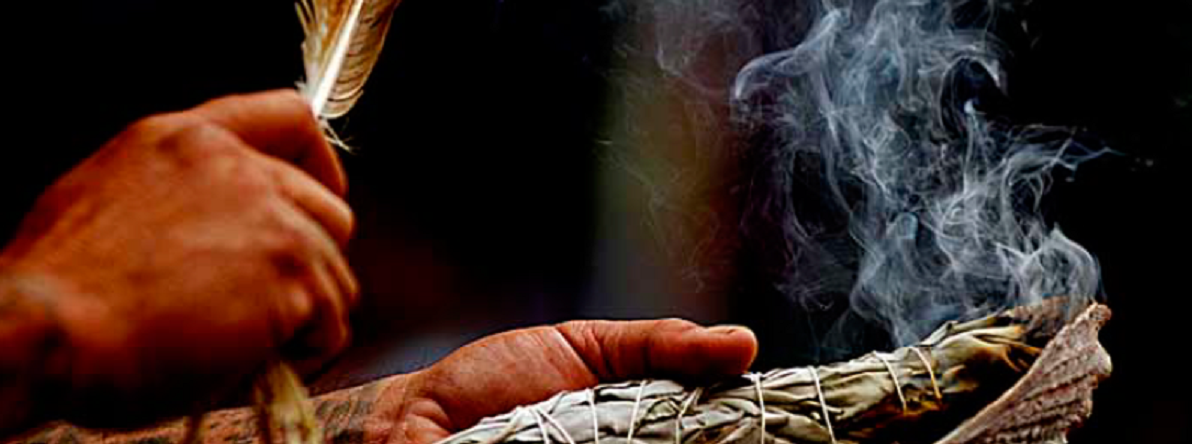Smudging in Schools

SMUDGING IN A SCHOOL ENVIRONMENT:
Many schools are making the tradition of smudging a part of their practice during particular events or as part of the school day.
When introducing the tradition of smudging, include an Elder or traditional teacher who can explain smudging, the medicines, the teachings, and the protocols.
- Communicate with parents/guardians, staff, and students about what smudging is, why people smudge, and when and where smudging will take place. Continue to educate and inform throughout the school year. Embrace and encourage dialogue within the school community.
- Decisions need to be made regarding when and where smudging will be allowed. Posting signs to indicate that smudging occurs at the school may be helpful in letting the community know that it happens as part of the school function. Smudging may be part of a learning experience in a classroom, part of a course, part of an event, or part of the regular school day. It may be done in a classroom, in a gym, or outdoors, depending on the guidance from the person who is leading the smudge. The most important thing is that a smudge is done with respect of those who choose not to be involved, as well as those who choose to be involved. The school community should remember that, at one time, First Nations cultural traditions were illegal and smudging was a practice that had to be done in secret. Those who choose to smudge need to feel welcome and respected in learning environments.Practices such as smudging are always voluntary and people are never forced or pressured to smudge. It is completely acceptable for a person to indicate that they do not want to smudge. That person may choose to refrain from participating, and either stay in the room or leave the room during a smudge. Some schools and community organizations have posted signage in their facilities such as:
- This is a smudging environment and smudging occurs regularly in this facility.
- Smudging occurs in this room.
- Smudging is part of the school and classroom function. All are welcome to participate as a matter of choice.
- While smudging does not typically pose a health risk, take steps before, during, and after smudging to accommodate the needs of those who may, for example, have severe asthma and respiratory issues, or other health concerns. Examples, of steps include the following:
- Smudging in well-ventilated areas.
- Using small amounts of sage in each smudge.
- Making fans available for teachers’ use as needed.
- Making air purifiers available for teachers’ use as needed. Smudging smoke particulate dissipates relatively quickly.
- Give all parents/guardians, staff, and students advance notice that a smudge will be lit on a particular day, at a specific time and place. Parents/guardians and staff should feel free to ask questions and express any concerns they may have about the process. Direct and regular communication from parents/guardians and students regarding any health or environmental concerns they may have related to smudging should be encouraged.
- Ensure students who are smudging in school have written permission from parents/guardians to do so, and that the latter are aware they can contact you to discuss any accommodations that may be required.
- It is recommended to use sage to smudge because all people can smudge with sage at any time of the month. This is particularly important for the young women in the class or school, especially when they are on their moon time (menses). During this time, women can only use sage to smudge. As students learn more about smudging, they can be introduced to the other medicines as well.


Please provide your question and email address in the fields below.
Your question has been successfully submitted.
CloseThank you.